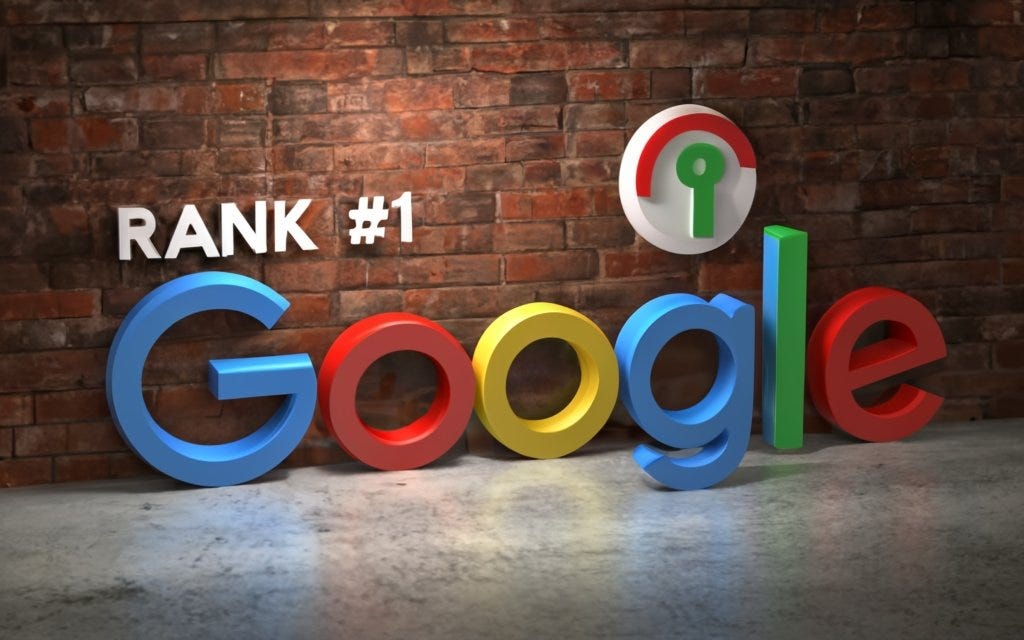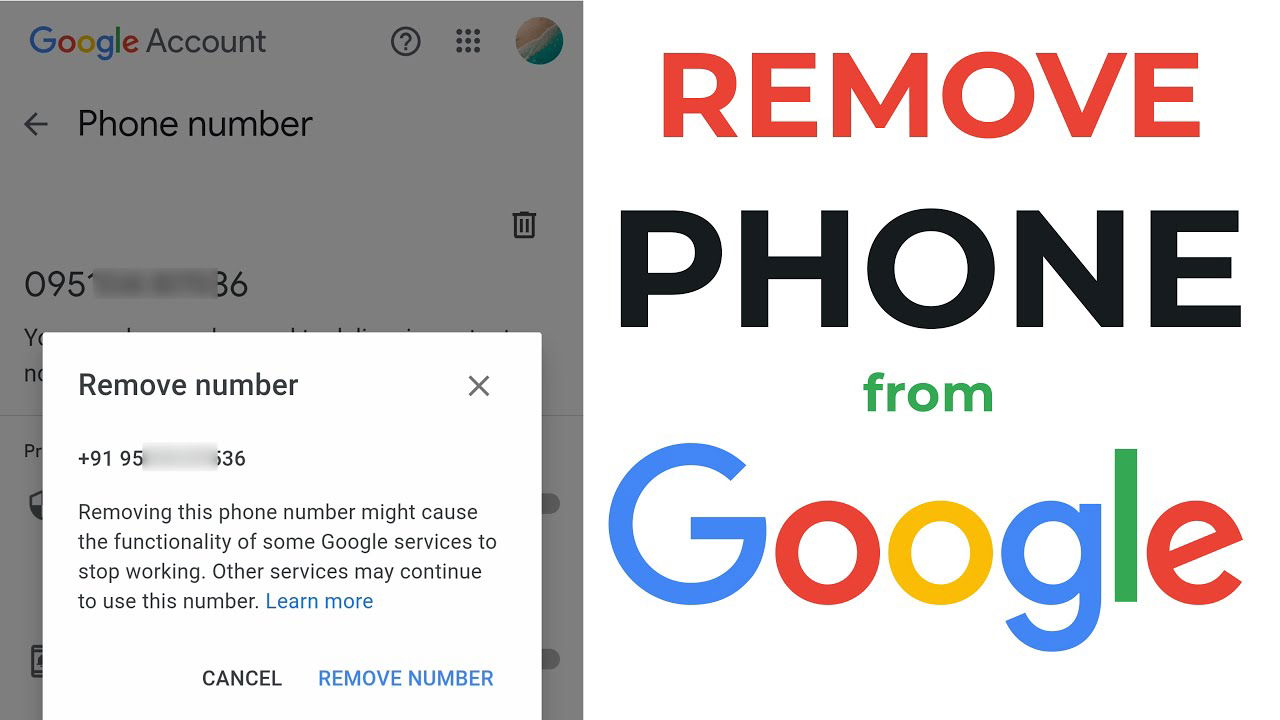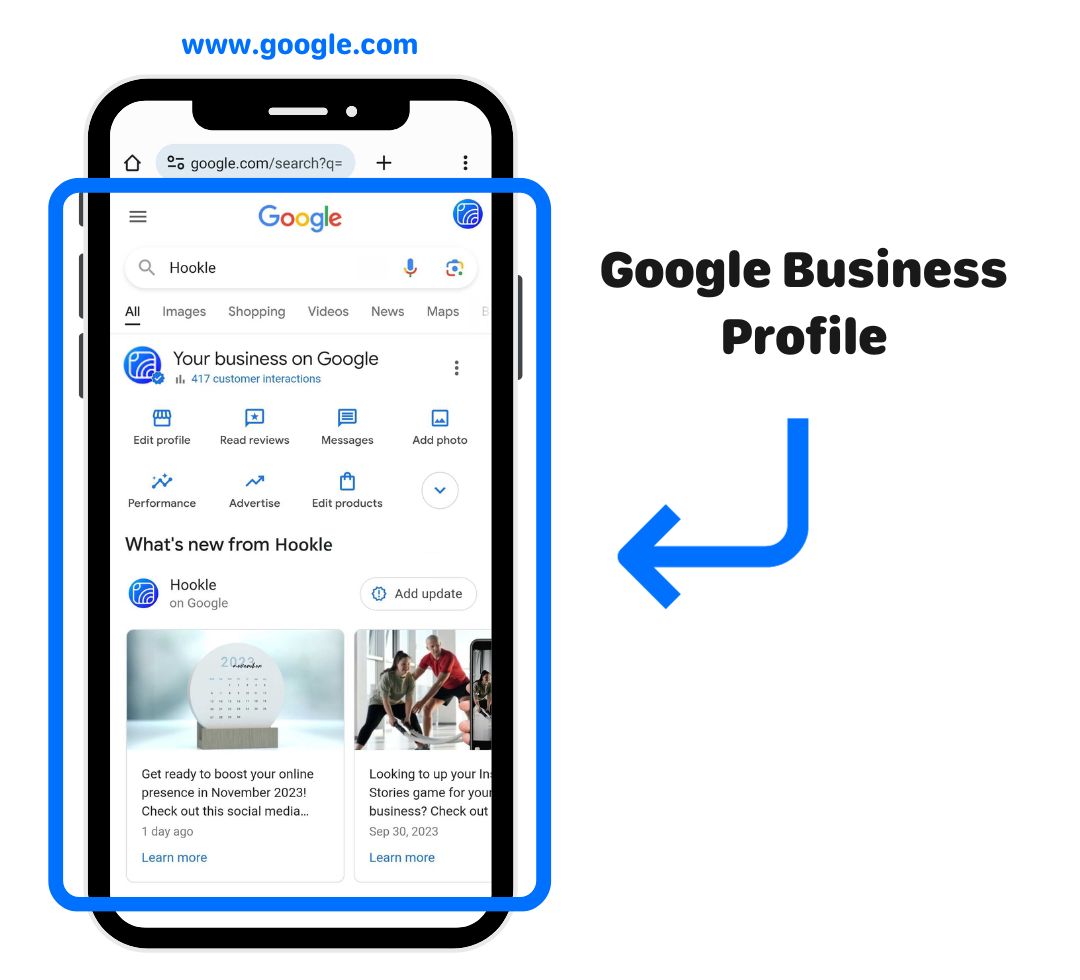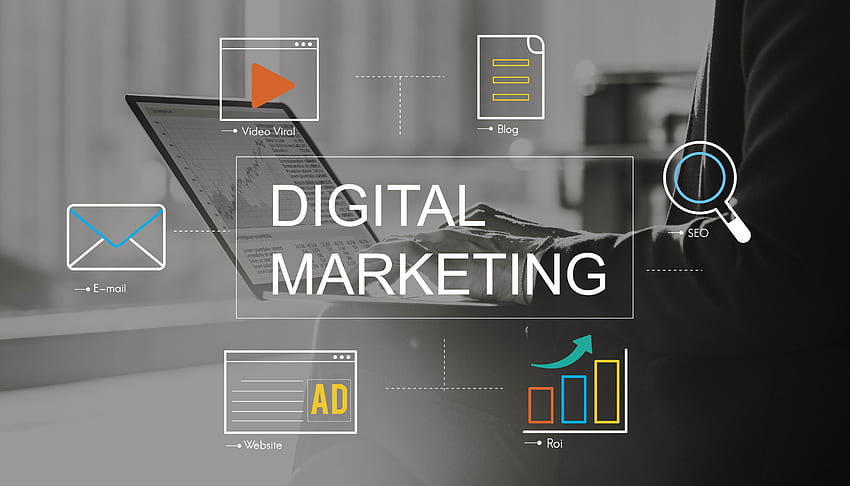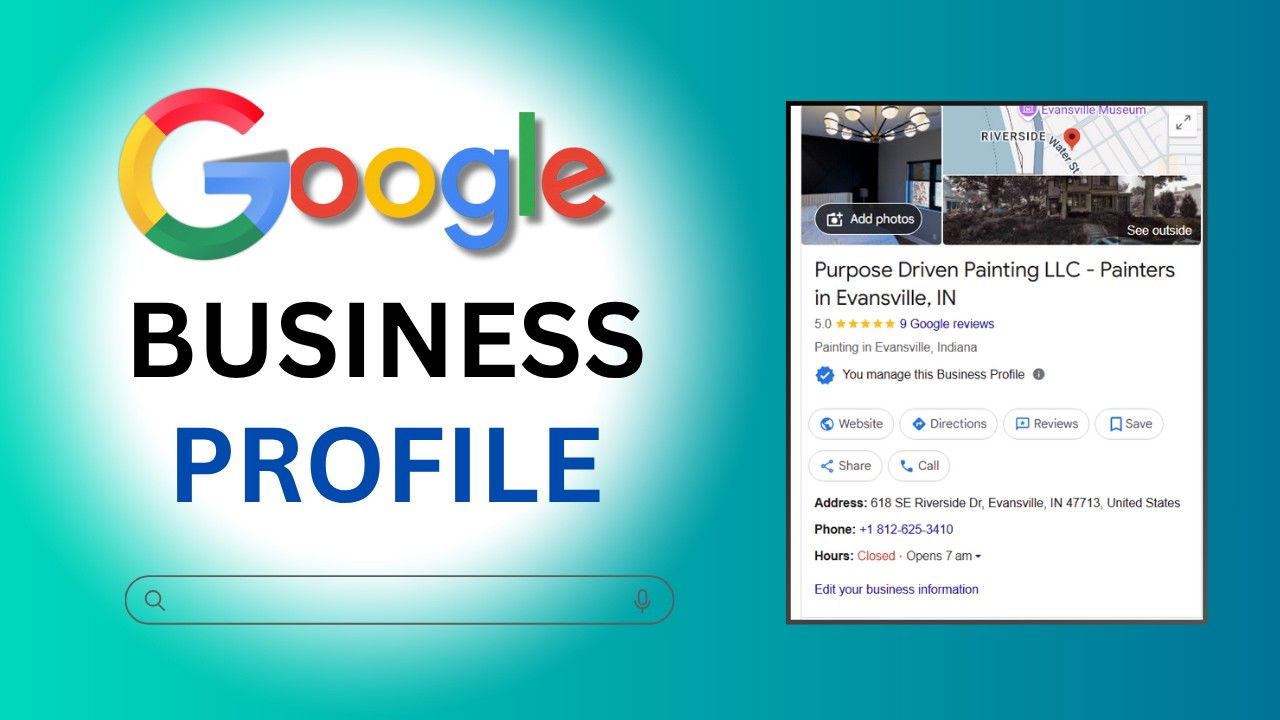
02 Oct
664
What's the difference between offline and online marketing?
Offline and online marketing both aim to promote products or services and reach target audiences, but they differ in their approaches and mediums. Here's a breakdown of their key differences:
Channels:
- Offline marketing: Uses traditional media like television, radio, print (newspapers, magazines, brochures), direct mail, events, and outdoor advertising (billboards).
- Online marketing: Leverages digital channels like websites, search engines (SEO and SEM), social media, email marketing, mobile marketing, and video marketing.
Reach:
- Offline marketing: Can reach a broad audience, particularly in localized areas with specific media consumption habits.
- Online marketing: Offers global reach and precise targeting based on demographics, interests, and online behavior.
Measurability:
- Offline marketing: Measuring effectiveness can be challenging and often relies on estimates and surveys.
- Online marketing: Provides detailed data on user interactions, campaign performance, and ROI thanks to website analytics, social media insights, and email tracking.
Cost:
- Offline marketing: Can be expensive depending on the chosen media and reach.
- Online marketing: Offers scalable options with varying costs depending on strategies and platforms used.
Engagement:
- Offline marketing: Can create impactful emotional connections through sensory experiences and personalized interactions.
- Online marketing: Facilitates two-way communication and real-time engagement with customers, but may require more effort to create emotional connections.
Examples:
- Offline marketing: TV commercials, newspaper ads, billboards, trade shows, product demonstrations.
- Online marketing: Search engine ads, social media posts, email newsletters, influencer marketing, website content creation.
Choosing the right mix:
The best approach often involves a combination of both offline and online marketing strategies, depending on your budget, target audience, and business goals.
Additional factors to consider:
- Product or service: Some products benefit more from physical demonstrations or tangible experiences, while others are well-suited for online promotion.
- Customer journey: Understand how your target audience interacts with different media and tailor your approach accordingly.
- Marketing objectives: Consider whether you aim for brand awareness, lead generation, website traffic, or direct sales.
Ultimately, a strategic combination of offline and online marketing efforts can maximize your reach, engagement, and business growth potential.
✖

